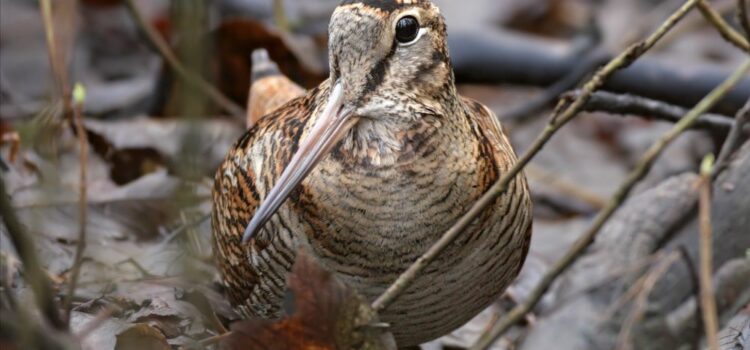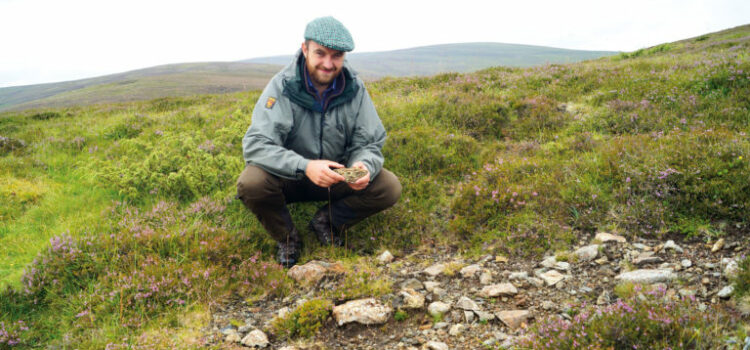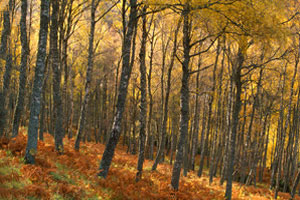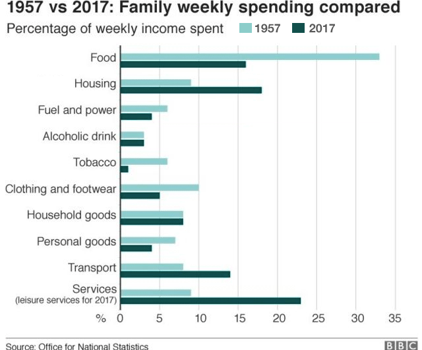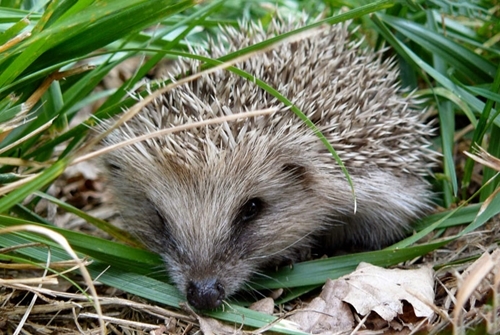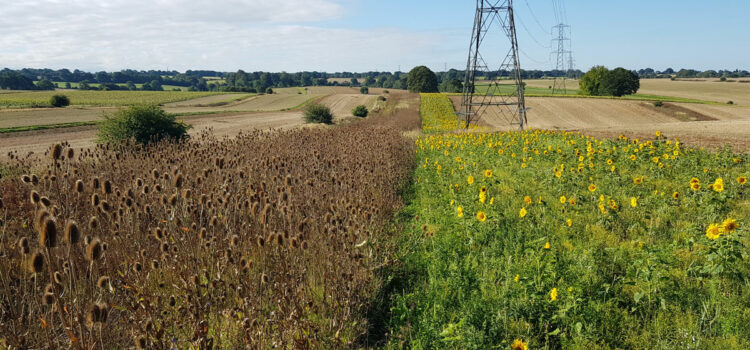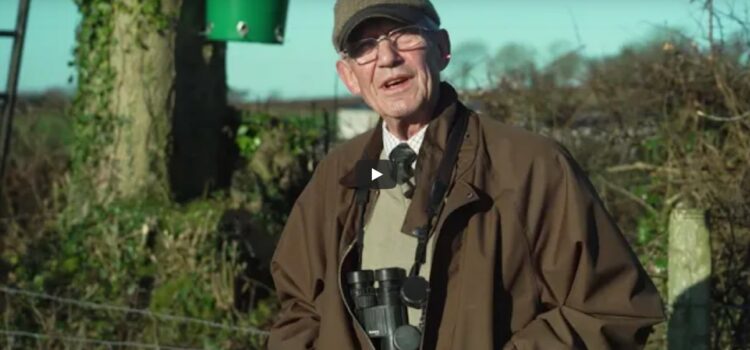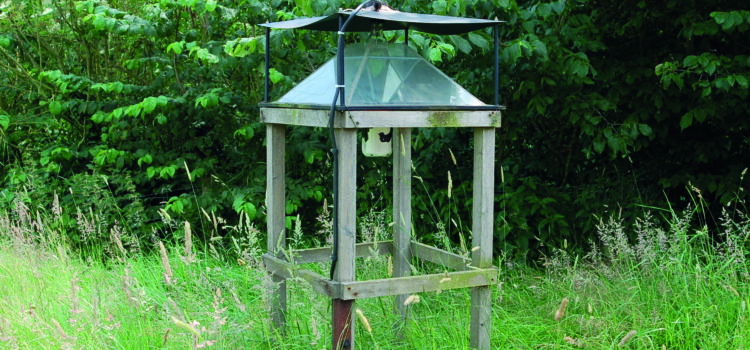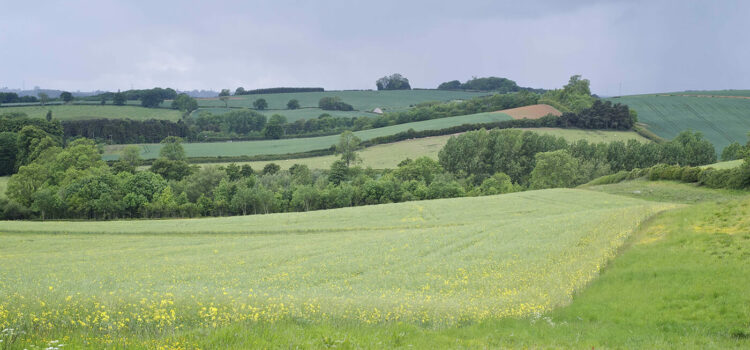Bird-ringing still presents a very valuable tool for ornithologists, particularly for the study of survival and population dynamics. The GWCT’s Wetland research team runs two long-term woodcock ringing studies, one in Hampshire and one in Cornwall, where we ring a sample of woodcock each winter and record re-encounters with ringed individuals over subsequent years.
Cornish Woodcock
